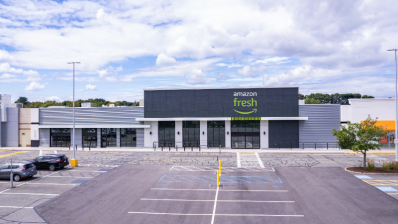
In this interview with Nick Farris, a Founding Principal of MedCore Partners, we learn more about the sponsor and their focus on senior living and healthcare/medical real estate. Nick elaborates on his team's deep experience in healthcare real estate, highlighting their in-house research and analytics capabilities, as well as relationships and partnerships in the industry. He also dives into the sector itself providing details on inpatient rehabilitation facilities, healthcare real estate's rebound since the pandemic, supported by positively trending supply and demand dynamics, and some key factors MedCore considers when selecting markets and assets for investment.
Based in Dallas, TX, MedCore Partners is an experienced senior housing, healthcare and medical real estate group. Their exclusive focus on these niche asset classes and commitment to being driven by analytics helps allow them to be capable of identifying and capitalizing on healthcare projects around the nation. The team has acquired 24 senior housing properties since its founding in 2014 and has been involved in nearly $1B of development and investment efforts for healthcare projects as of July 2024. This level of experience within the medical real estate industry has helped allow MedCore's principals to build trusted relationships with both healthcare providers around the United States as well as numerous capital sources. A repeat sponsor, MedCore has launched three offerings on the Crowd Street Marketplace as of September 2024.
1. https://www.us.jll.com/en/trends-and-insights/research/seniors-housing-care-investor-survey-and-trend-outlook
